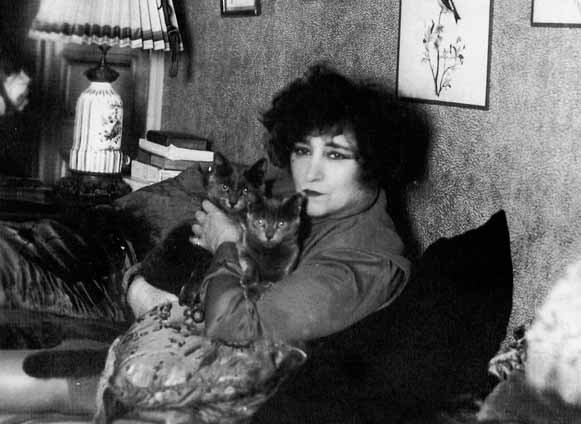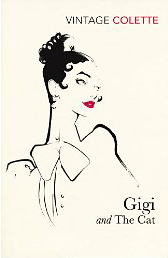The Cat was first published in 1933 as a serial in the magazine Marianne and subsequently as a short novel by a Parisian publishing house.

Colette wrote it because she loved cats, so much so that she even dedicated the title of one of her books to them.
The novel reads as if it were written for the theatre and shares many characteristics of a play: evocative language, engaging dialogue, few settings.
The story centres on a familial ménage of French high society.
Young Alain, of a noble yet decadent family, marries the wealthy, bourgeois Camille.
Their marriage however is a veritable love triangle: the third incumbent is Saha, a beautiful Chartreuse cat with silver highlights that Camille can’t help feeling jealous of.
Why? Because Saha isn’t just an animal; she embodies a certain kind of woman.
A desirable and loyal accomplice, Saha gets what she wants without ever having to ask Alain for anything.
She struts among the garden roses as if at a dance, swaying sinuously for her owner’s benefit.
Alain is aware of it and can interpret the cat’s needs, fully aware that only he can hope to understand and protect her.
But the cat is also a bond with Alain’s pampered past and the capricious, immature young man does not want to replace that perfect, earlier image of himself with an annoying present: his marriage.

Colette wrote it because she loved cats, so much so that she even dedicated the title of one of her books to them.






